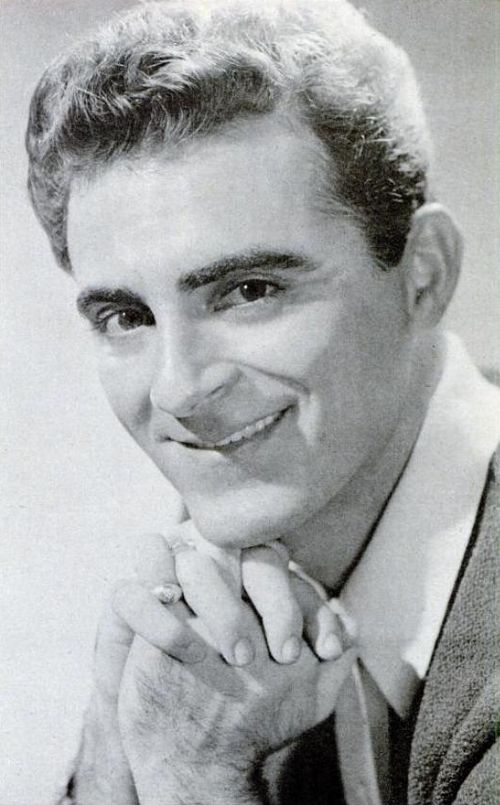Hollywood. The name itself conjures a kaleidoscope of images: glittering red carpets, iconic movie stars, colossal blockbusters, and the shimmering allure of the “dream factory.” For over a century, this neighborhood in Los Angeles has been the undisputed global capital of entertainment, a place where legends are born and cinematic history is written daily. But peel back the layers of Tinseltown’s dazzling facade, and you’ll discover a richly complex origin story—a narrative far more intricate than the silver screen often portrays.
Before it became synonymous with the U.S. film industry and the people associated with it, Hollywood was just land. It was real estate, envisioned by developers, a nascent community carved out of vineyards and barley fields. Its journey from a humble 480-acre ranch to a bustling municipality, then a consolidated district of Los Angeles, is a compelling tale of visionaries, strategic decisions, and unexpected migrations that laid the groundwork for its eventual meteoric rise.
This isn’t merely a recounting of dates and deeds; it’s an exploration into the very bedrock of what makes Hollywood, Hollywood. We’ll delve into the foundational moments that transformed a prohibitionist’s dream into a sprawling entertainment empire, examining the pivotal choices and happy accidents that drew filmmakers west and cemented its destiny. From its peculiar naming to its dramatic growth, we’re taking a deep dive into the real Hollywood story, one that offers a fresh perspective on the place we all think we know.
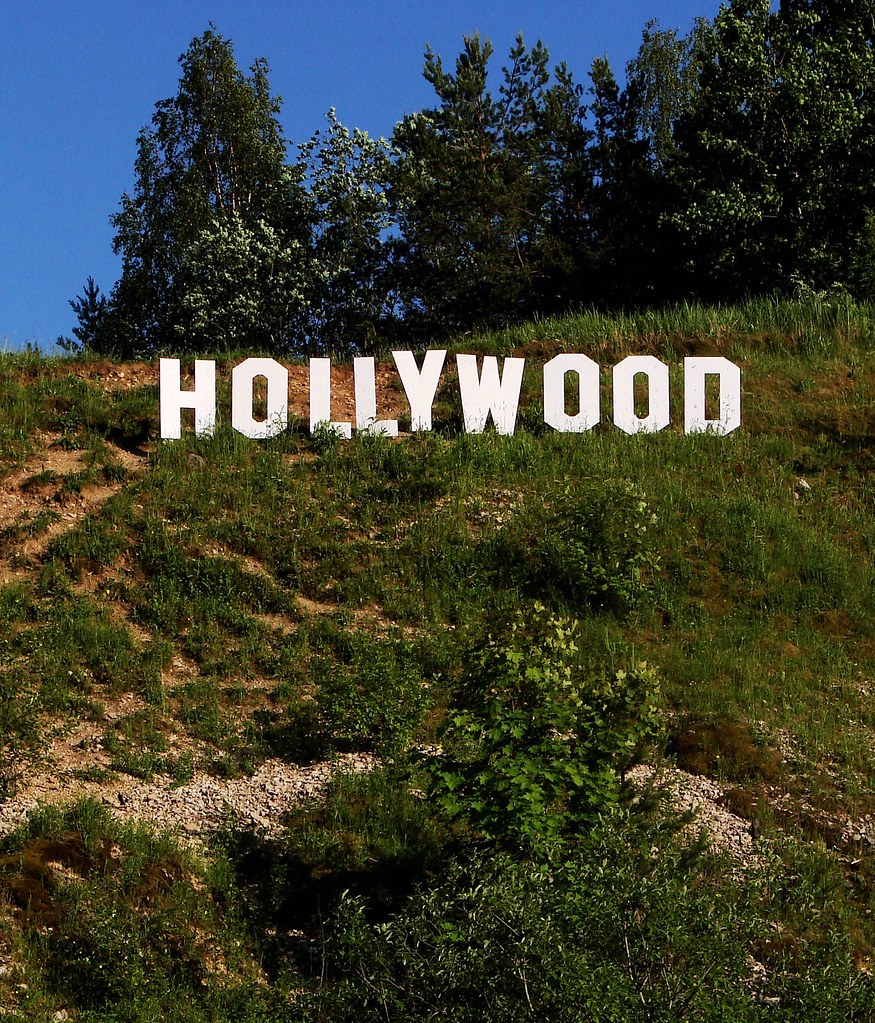
1. The Genesis of a Dream: How Hollywood Got Its Name and Early Roots
Every legend has a beginning, and for Hollywood, it started with a name chosen for its sound and a dash of superstition. Daeida Wilcox, a key figure in the area’s development, famously stated, “I chose the name Hollywood simply because it sounds nice and because I’m superstitious and holly brings good luck.” This seemingly simple decision, influenced by an acquaintance’s estate in Illinois, would set the stage for one of the most recognizable place names on Earth.
Her husband, Harvey H. Wilcox, purchased 120 acres on February 1, 1887, and by August of the same year, decided to officially adopt the name. He filed a deed and parcel map with the Los Angeles County Recorder’s office, formally christening the area. This was a crucial, early step in establishing a distinct identity for what was then merely a subdivision of land northwest of downtown Los Angeles.
Alongside the Wilcoxes, real estate developer H. J. Whitley, often called the “Father of Hollywood,” played an instrumental role in shaping the budding community. Whitley arranged to buy the 480-acre E.C. Hurd ranch and shared his ambitious plans for a new town with influential figures like General Harrison Gray Otis, publisher of the Los Angeles Times. His vision extended beyond mere land sales; he actively promoted and developed the area, laying the groundwork for its future prominence.
Read more about: Aron Bell, Last Brother of a World War II Resistance Group, Dies at 98: A Legacy of Courage and Rescue

2. Hollywood’s Humble Beginnings: From Ranch Land to Budding Town
At the turn of the 20th century, Hollywood was far from the bustling metropolis we know today. It was a modest region boasting a post office, a newspaper, a hotel, and two markets. This emerging infrastructure served a small, growing population nestled amidst vineyards, barley fields, and citrus groves, a stark contrast to the nearby city of Los Angeles, which already had a population of 102,479 some 10 miles to the east.
Connecting this nascent community to the larger city was a single-track streetcar line running down the middle of Prospect Avenue, though service was infrequent and the journey a considerable two hours. This limited connectivity highlighted Hollywood’s semi-rural character, yet its inhabitants were already finding ways to improve their daily lives. The conversion of an old citrus fruit-packing house into a livery stable, for instance, significantly enhanced local transportation.
The Hollywood Hotel, opened in 1902 by H. J. Whitley, marked a significant milestone. Situated on the west side of Highland Avenue and fronting Prospect Avenue (which would later become Hollywood Boulevard), the hotel was strategically built by Whitley to entice land buyers to his newly subdivided Hurd ranch. It quickly transcended its initial purpose, evolving into an internationally known establishment and serving as the vibrant center of Hollywood’s civic and social life, even becoming a home for movie stars in later years.
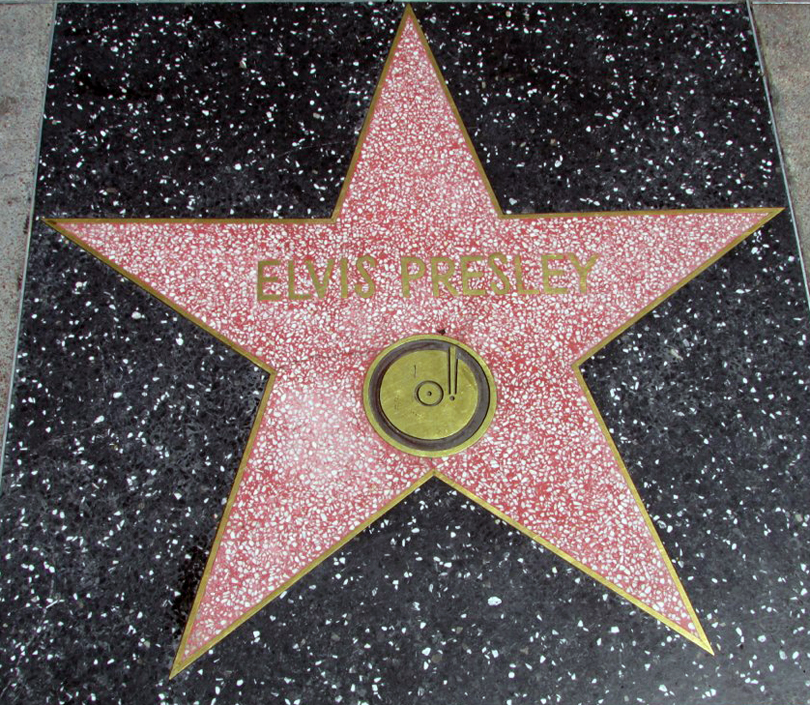
3. The Power Play: Incorporation, Water, and a New Identity for Hollywood
Hollywood’s path to metropolitan significance wasn’t a given; it was forged through critical political and infrastructural decisions. The community officially incorporated as a municipality on November 14, 1903, following a decisive vote of 88 for and 77 against. This act established Hollywood as an independent entity, albeit one with its own set of distinct local policies.
One such policy was the early and impactful decision to ban the sale of liquor within city limits, except for medicinal purposes. On January 30, 1904, Hollywood voters, by a margin of 113 to 96, chose to implement this prohibition, meaning neither hotels nor restaurants were permitted to serve wine or liquor before or after meals. This reflected the vision of figures like Harvey Wilcox, a prohibitionist, who envisioned a community founded on sober religious principles.
However, the dream of independent municipal living eventually collided with practical realities. By 1910, the burgeoning community faced a pressing issue: an inadequate water supply. To secure access to a reliable water source and gain entry to the Los Angeles sewer system, Hollywood residents voted for a merger with Los Angeles. This annexation brought about significant changes, including the renaming of Prospect Avenue to Hollywood Boulevard and a complete renumbering of streets in the new district, such as 100 Prospect Avenue becoming 6400 Hollywood Boulevard.
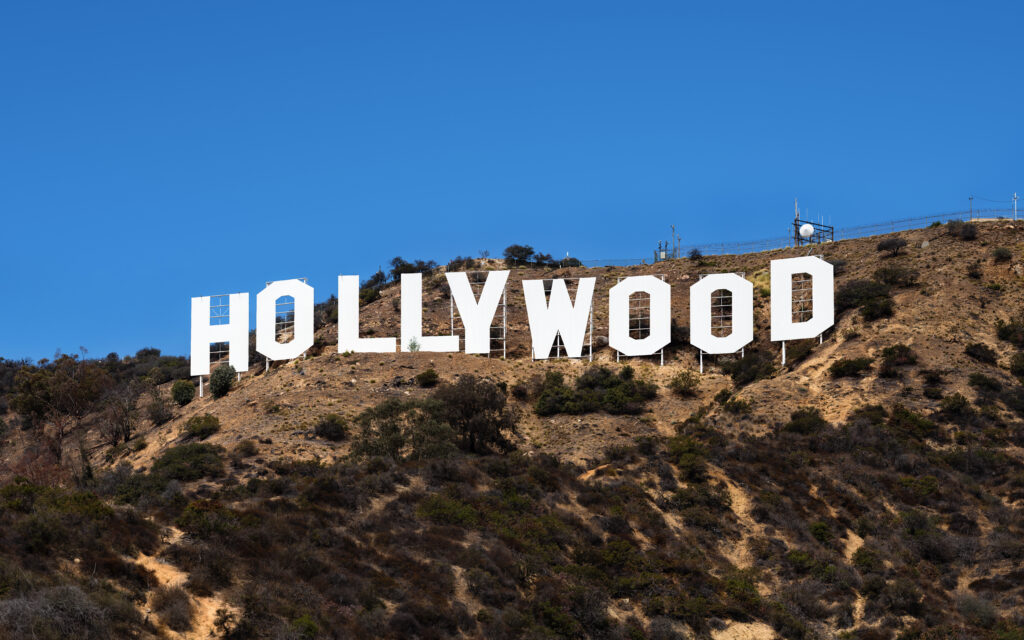
4. The Great Migration West: Why Film Studios Chose Hollywood
In the early 1900s, the burgeoning motion picture industry found itself entangled in a legal quagmire. Thomas Edison’s Motion Picture Patents Company, based in New Jersey, held a near-monopoly on camera and equipment patents, frequently suing filmmakers to halt their productions. This adversarial environment became a significant catalyst for a westward migration, as filmmakers sought refuge from the East Coast’s legal battles and restrictive patent enforcement.
Los Angeles offered a strategic escape route, where attempts to enforce Edison’s patents were considerably easier to evade. Beyond the legal advantages, Southern California presented an almost ideal environment for filmmaking. The region boasted exceptionally favorable weather, with abundant sunshine that minimized production delays and offered predictable conditions year-round, a stark contrast to the often-unpredictable climate of the East.
Furthermore, the geographical diversity surrounding Los Angeles was a filmmaker’s dream. Within easy reach were mountains, plains, and various natural settings, providing a stunning array of backdrops without the need for extensive travel or elaborate set construction. This combination of legal sanctuary, ideal weather, and diverse terrain, coupled with low land prices, collectively made Hollywood an irresistible destination, ultimately cementing Los Angeles’s status as the capital of the film industry in the United States.

5. Birth of the Silver Screen: Hollywood’s First Films and Production Hubs
The foundation for Hollywood’s cinematic dominance was laid with pioneering efforts that transformed the sleepy agricultural region into a global filmmaking powerhouse. Director D. W. Griffith holds the distinction of being the first to produce a motion picture in Hollywood. His 17-minute short film, “In Old California,” released in 1910, was a landmark production for the Biograph Company, signaling the burgeoning potential of the area for film creation.
Despite Hollywood’s initial ban on movie theaters prior to its annexation by Los Angeles—a city that had no such restrictions—the allure for filmmakers was undeniable. The promise of open spaces, consistent sunlight, and an escape from patent disputes began to draw companies westward in earnest. By 1912, major motion-picture companies had recognized the strategic advantages and started establishing their production facilities near or directly in Los Angeles.
The year 1911 saw the establishment of Hollywood’s first studio: the Nestor Film Company, founded by the New Jersey–based Centaur Film Company. It set up shop in a roadhouse located at 6121 Sunset Boulevard, at the corner of Gower. Soon after, more companies followed suit, with four major film companies—Paramount, Warner Bros., RKO, and Columbia—and several minor and rental studios setting up operations within Hollywood, rapidly transforming the district into an industrial hub of cinematic creation.
Read more about: Beyond the Box Office: 14 Groundbreaking Movies That Bombed Because the World Simply Wasn’t Ready for Their Genius
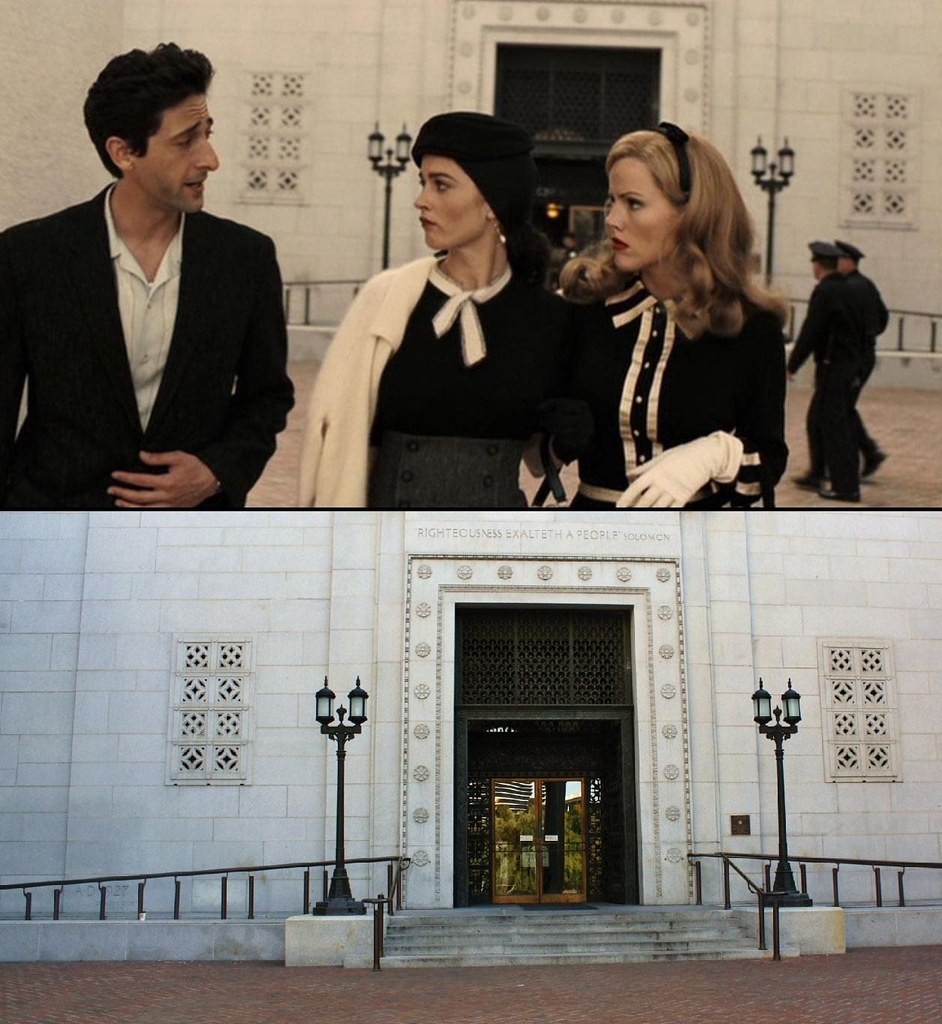
6. Forging an Icon: The Hollywood Sign’s Journey from Land Ad to Global Symbol
One of Hollywood’s most enduring and recognizable symbols, the Hollywood Sign, began its life with a far more prosaic purpose than global fame. Erected in the Hollywood Hills in 1923, the massive sign originally read “HOLLYWOODLAND.” Its primary function was to advertise a new housing development by real estate developers Woodruff and Shoults, a testament to Hollywood’s early identity as a residential area being actively marketed.
Over the decades, as Hollywood’s identity shifted from a housing development to the epicenter of the entertainment industry, the sign underwent a symbolic, and literal, transformation. By 1949, the sign had fallen into disrepair, prompting the Hollywood Chamber of Commerce to enter a crucial contract with the City of Los Angeles. This agreement stipulated that the “LAND” portion of the sign be removed, so it would thenceforth spell simply “HOLLYWOOD.”
This modification was more than a repair job; it was a rebranding. The sign, now shortened and refurbished, transitioned from a real estate advertisement to a definitive symbol of the district itself, reflecting its global recognition as the home of the film industry. It stands today as a constant, majestic reminder of Hollywood’s unique journey and its unparalleled cultural impact, overlooking the very landscape it has come to represent.
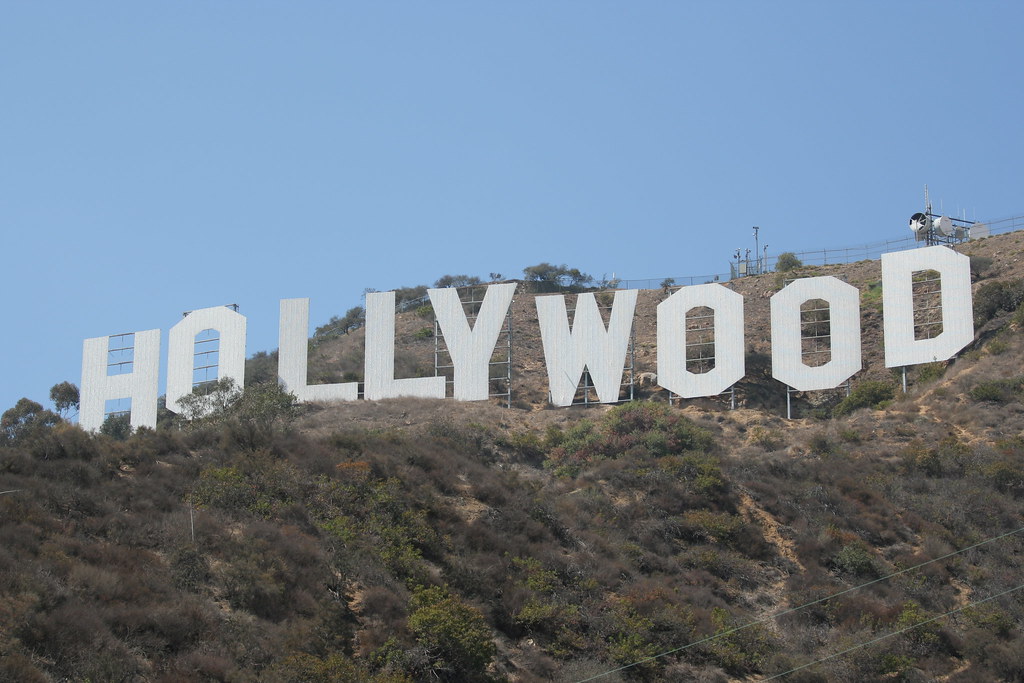
7. The Golden Age and Beyond: Hollywood’s Reign as the “Dream Factory”
The early to mid-20th century witnessed Hollywood solidify its position as the undisputed center of the American film industry, entering what many consider its “golden age.” By 1915, the relentless migration of independent filmmakers from the East Coast had made this transformation complete. Figures like D.W. Griffith, Samuel Goldwyn, Adolph Zukor, and Louis B. Mayer became the ‘overlords’ of major studios such as Twentieth Century-Fox, Metro-Goldwyn-Mayer, Paramount Pictures, and Warner Brothers.
These studios, strategically located in Hollywood, weren’t just production houses; they became vertically integrated powerhouses. By the 1930s, they controlled not only film production but also distribution and exhibition. This comprehensive control allowed Hollywood to churn out an astonishing 600 films per year, effectively becoming a meticulously engineered assembly line for entertainment. The sheer volume and pervasive influence of these productions earned Hollywood the evocative monikers of “Tinseltown” and the “dream factory.”
This era wasn’t just about economic might; it was about cultural impact. The glittering image of the movie industry captivated audiences worldwide, shaping global perceptions of glamour, romance, and adventure. Renowned writers like F. Scott Fitzgerald, Aldous Huxley, Evelyn Waugh, and Nathanael West were among those fascinated by Hollywood’s burgeoning mythology, reflecting its profound influence on the wider cultural landscape. This period cemented Hollywood’s legacy as a place where illusions were crafted, dreams were sold, and a unique form of magic was endlessly manufactured.
While the Golden Age painted a glamorous picture, Hollywood’s narrative didn’t end there. As the mid-20th century unfurled, the district continued its dynamic evolution, marked by significant infrastructural shifts and the emergence of new cultural touchstones that would further define its enduring identity. These transformations were not always smooth, but they showcased Hollywood’s remarkable adaptability and its ongoing capacity for reinvention.
The early 1950s saw a major architectural intervention with the construction of the Hollywood Freeway, slicing through the northeast corner of the district and forever altering its landscape. This was a period of significant development, including the completion of the iconic Capitol Records Building on Vine Street in 1956, a circular architectural marvel that quickly became a symbol of Hollywood’s burgeoning music industry. These structural additions underscored the area’s continued growth, even as its cinematic focus began to broaden.
A truly democratic tribute to the industry’s legends arrived with the creation of the Hollywood Walk of Fame in 1958, officially opening its star-studded pavements on February 8, 1960. This public monument to artists and contributors across entertainment became an instant draw, transforming ordinary sidewalks into a living museum of celebrity, where fans could literally walk among the stars. It was a tangible acknowledgment of Hollywood’s immense cultural footprint, solidifying its role not just as a production hub, but as a place of public veneration.
This era of physical and symbolic expansion continued to cement Hollywood’s status as a central pillar of American culture, moving beyond the confines of just film production to embrace broader aspects of media and public engagement. Each new landmark added another layer to the district’s complex and captivating persona, reflecting a community constantly building upon its legendary past.
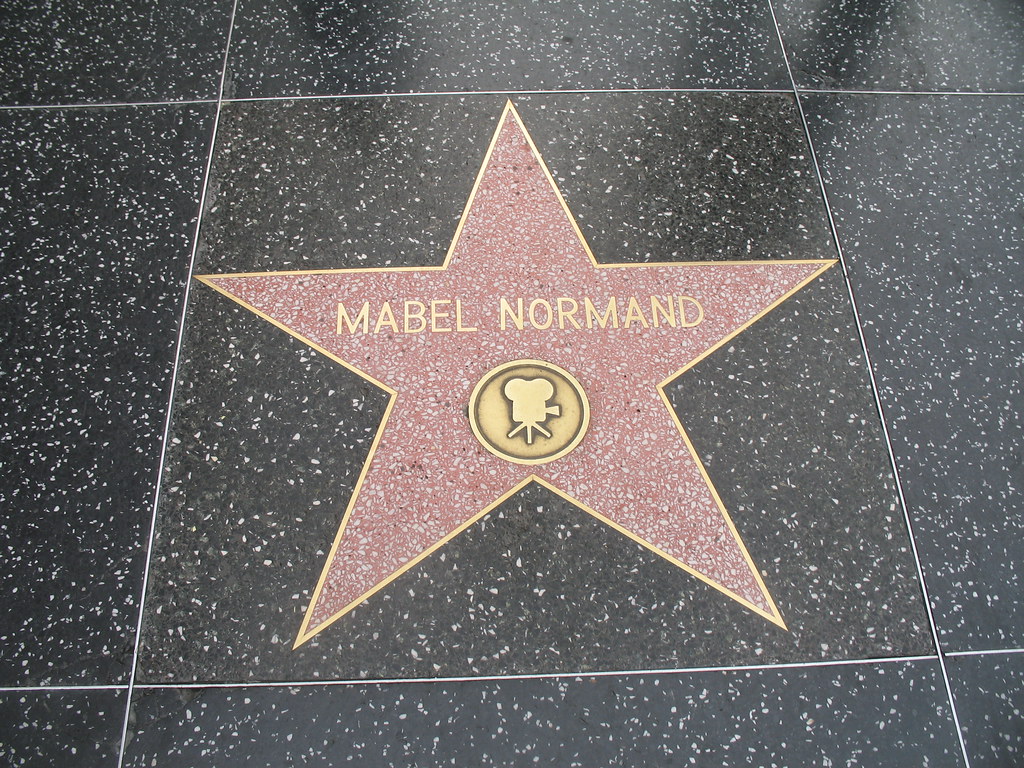
9. The Shifting Media Landscape: Television’s Rise and Broadcaster Exodus
As the film industry matured, a new medium was rapidly ascending, fundamentally altering Hollywood’s media landscape: television. The district quickly became a hotbed for this emerging technology, cementing its place as a multifaceted entertainment capital. On January 22, 1947, a monumental event occurred when KTLA became the first commercial television station west of the Mississippi River, broadcasting right from Hollywood.
Later that same year, in December 1947, Hollywood also hosted the filming of “The Public Prosecutor,” which earned the distinction of being the first network television series ever produced in the district. This marked a significant shift, demonstrating Hollywood’s versatility and its readiness to embrace new forms of storytelling. The district wasn’t just for movies anymore; it was becoming a hub for the small screen as well.
However, the growth of television also brought about a geographical dispersion for many broadcasters. While KTLA and KCET initially remained with Hollywood addresses on Sunset Boulevard, many others began to relocate. KNBC moved to Burbank in 1962, followed by KTTV and KCOP to West Los Angeles, and KCBS-TV and KCAL-TV to Studio City. Even KCET eventually sold its studios on Sunset, planning a move to another location.
This exodus of major radio and television broadcasters, including KNX’s departure from CBS Columbia Square in 2005, signaled a fascinating evolution. While Hollywood remained the spiritual home of entertainment, the physical infrastructure of broadcasting began to decentralize, with studios and networks finding new homes across the wider Los Angeles area. Yet, the seeds of television’s early days in Hollywood laid the groundwork for its enduring legacy as a diverse media center.
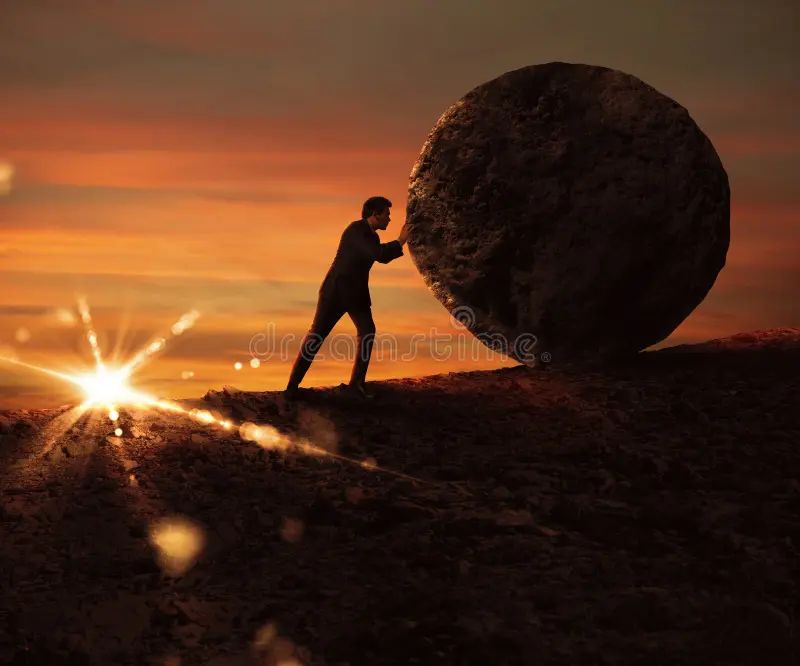
10. Hollywood’s Struggle and Resurgence: The Decline of the 1980s and Early Revitalization Efforts
Despite its dazzling past, Hollywood was not immune to periods of adversity, particularly in the later decades of the 20th century. The 1980s brought significant challenges, as the neighborhood grappled with a noticeable decline, marked by increasing crime rates, pervasive drug issues, and growing poverty among some residents. This era threatened the very landmarks that had defined Hollywood’s storied history, with many facing potential demolition.
In response to this downturn, efforts began to preserve and revitalize the district’s unique heritage. In 1984, the Hollywood Boulevard Commercial and Entertainment District was listed in the National Register of Historic Places, a crucial step in recognizing and protecting its architectural and cultural significance. This designation underscored the understanding that Hollywood’s identity was deeply intertwined with its physical spaces, even as those spaces faced economic and social pressures.
Infrastructure improvements also played a critical role in these early revitalization efforts. June 1999 saw the opening of the Hollywood extension of the Los Angeles Metro Rail Red Line subway, connecting Downtown Los Angeles to the San Fernando Valley with stops directly on Hollywood Boulevard. This enhanced accessibility was a vital step towards reconnecting Hollywood with the broader city and encouraging new growth.
The turn of the millennium brought further signs of revitalization. The Dolby Theatre, originally known as the Kodak Theatre, opened in 2001 at the Hollywood & Highland Center mall, establishing a permanent home for the annual Academy Awards. This prominent venue, built on the site of the old Hollywood Hotel, symbolized a renewed commitment to Hollywood’s status as a premier destination for entertainment, signaling a new chapter in its ongoing story.
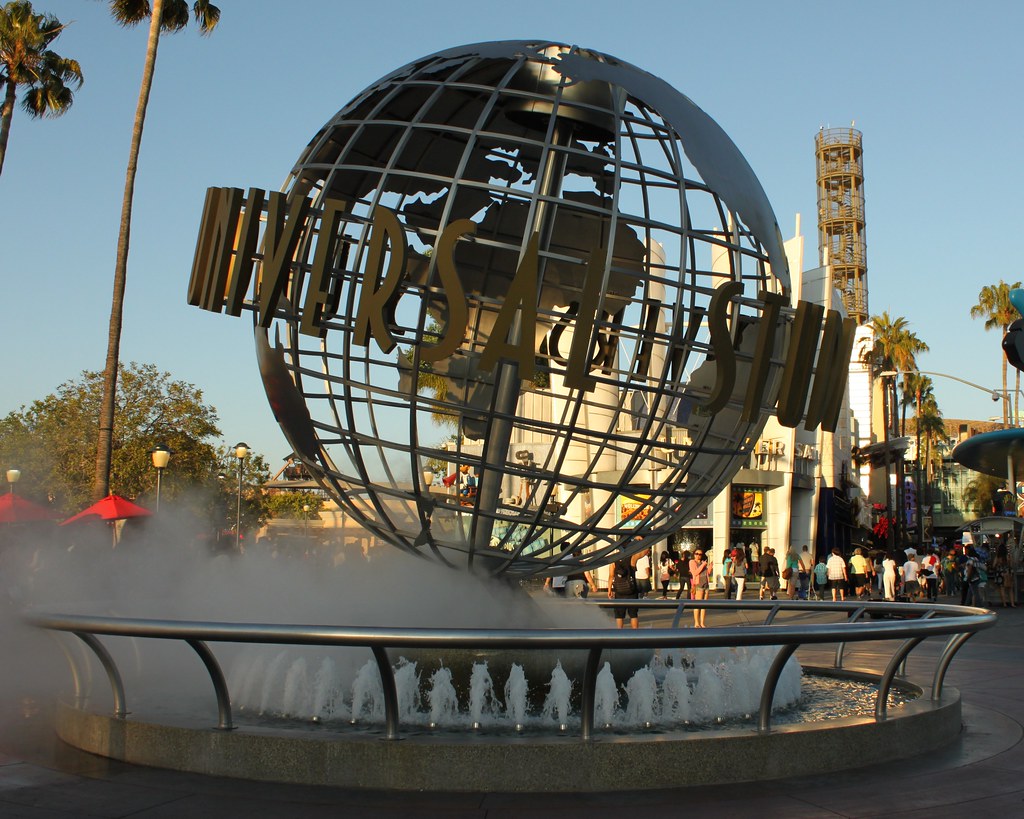
11. Modern Hollywood: Gentrification, New Developments, and a Renewed Core
The early 21st century has seen Hollywood undergo a remarkable transformation, driven by a concerted wave of gentrification and strategic development initiatives from both private enterprise and public planners. This period has reshaped the district’s urban fabric, attracting new residents and businesses while infusing the area with a fresh, contemporary energy that complements its historic roots. It’s a testament to the enduring appeal of the Hollywood name.
The scale of this revitalization is impressive. Between 2001 and 2016, over 1,200 hotel rooms were added, reflecting a surge in tourism and business travel to the area. This was followed by an even more ambitious period, with over thirty low-to-mid-rise development projects approved in 2019, alongside plans for 4,000 new apartments. These developments are dramatically increasing Hollywood’s residential capacity and commercial vibrancy.
A prime example of this resurgence is the transformation of Columbia Square, the historic Art Deco-style studio complex completed in 1938 and once the Hollywood headquarters for CBS. By 2014, it had been reimagined as a $420 million office, residential, and retail complex, becoming home to a new generation of broadcasters like MTV, Comedy Central, BET, and Spike TV. This project successfully blended historical preservation with cutting-edge media, demonstrating Hollywood’s ability to adapt and innovate.
Looking ahead, the district continues to draw major players, with Paramount Skydance Corporation slated to move its corporate headquarters to Hollywood in August 2025 following the merger of Skydance Media and Paramount Global. These significant investments and new projects illustrate a robust and ongoing commitment to Hollywood as a dynamic, evolving center, solidifying its place as a thriving hub of culture, commerce, and entertainment once more.
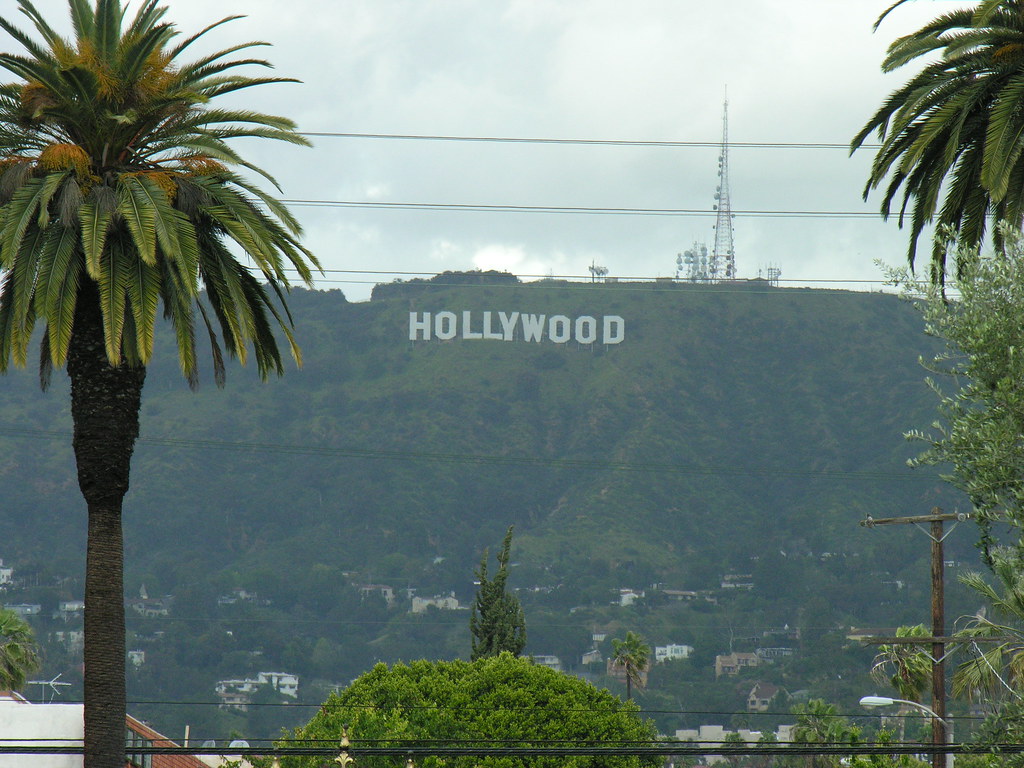
12. A Diverse Tapestry: Hollywood’s Unique Demographics and Geography
Beyond the glitz and glamour, Hollywood is a living, breathing community with a unique blend of demographics and a distinct geographical identity. According to the 2000 U.S. census, the neighborhood was home to 77,818 residents within its 3.51-square-mile area, making it one of Los Angeles County’s densest neighborhoods with an average of 22,193 people per square mile. By 2008, the population had grown to an estimated 85,489.
The district boasts a “highly diverse” population compared to the rest of Los Angeles, with a rich ethnic tapestry in 2000 composed of 42.2% Latino or Hispanic, 41% Non-Hispanic White, 7.1% Asian, 5.2% Black, and 4.5% other groups. This diversity is further highlighted by the high percentage of foreign-born residents (53.8%), with Mexico and Guatemala being the most common countries of origin, reflecting a vibrant, international character.
While the median household income of $33,694 in 2008 was considered low for Los Angeles, and the average household size of 2.1 people was smaller than the city norm, these statistics paint a picture of a dynamic urban environment. Renters make up a significant 92.4% of housing units, indicating a transient yet active community, with unique social dynamics reflected in the high percentages of never-married individuals and the presence of single-parent families.
Geographically, Hollywood is beautifully situated, flanked by the Hollywood Hills to the north, Los Feliz to the northeast, and a host of other distinct Los Angeles neighborhoods to its east, south, southwest, west, and northwest. Its street limits are clearly defined, encompassing a varied terrain that includes residential areas like Whitley Heights—designed in 1918 by A. S. Barnes as a Mediterranean-style village and the first celebrity community—alongside vibrant cultural enclaves such as Franklin Village, Little Armenia, Spaulding Square, Thai Town, and the Yucca Corridor. This intricate blend of people and places truly makes Hollywood a microcosm of Los Angeles itself.

13. Civic Identity and Community Pillars: Governance, Education, and Local Efforts
As a neighborhood within the expansive city of Los Angeles, Hollywood operates without its own municipal government, yet it maintains a strong sense of civic identity and community through various local structures and dedicated efforts. For ceremonial purposes, an honorary “Mayor of Hollywood” is appointed by the Hollywood Chamber of Commerce, a role famously held by Johnny Grant for nearly three decades until his passing in 2008, symbolizing the district’s unique public persona.
Essential public services are robustly provided, ensuring the safety and well-being of its residents. The Los Angeles Police Department maintains a dedicated station on N. Wilcox Avenue, while the Los Angeles Fire Department operates four fire stations within the area. Additionally, the Los Angeles County Department of Health Services offers critical community health support through its Hollywood-Wilshire Health Center, underscoring a commitment to public welfare.
Community engagement thrives through organizations like the Hollywood United Neighborhood Council (HUNC), Hollywood Hills West Neighborhood Council, and the Hollywood Studio District Neighborhood Council. These bodies provide vital advisory votes on local issues such as zoning and planning, empowering stakeholders—residents, workers, property owners, and organization members—to directly influence their community’s future. This grassroots involvement is a powerful force in shaping Hollywood’s evolving landscape.
The district is also well-served by its educational institutions and public facilities. The Los Angeles Unified School District (LAUSD) oversees numerous public schools, complemented by a variety of private elementary and high schools. Additionally, prestigious colleges like AFI Conservatory, Emerson College ELA-Hollywood Center, Los Angeles City College, and the Los Angeles Film School contribute to a vibrant academic environment. Public libraries, including the Will and Ariel Durant Branch and the Frances Howard Goldwyn – Hollywood Regional Branch, further enrich the intellectual life of the community, fostering a continuous commitment to learning and cultural development.
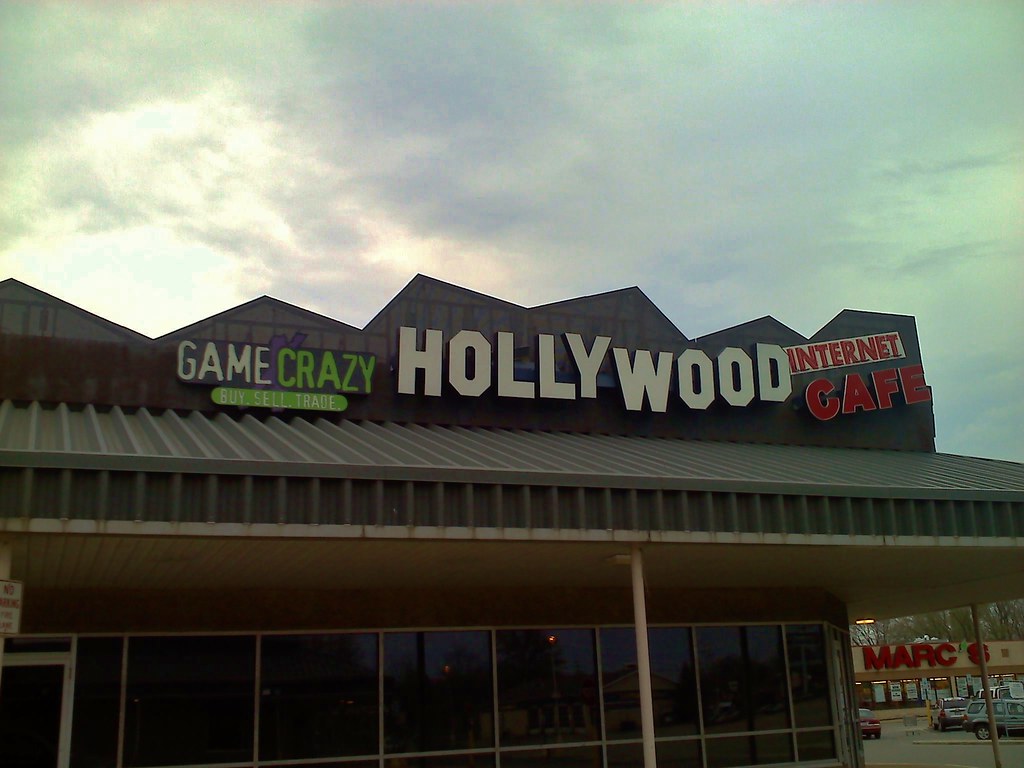
14.Beyond the Studios: Iconic Locations and Enduring Traditions: The Soul of Hollywood Today
While its history as a film capital is undeniable, Hollywood’s soul today is also deeply embedded in its iconic locations and the vibrant annual traditions that punctuate its calendar. These are the places and events that keep the magic alive, drawing millions each year and ensuring that the dream factory continues to inspire and entertain on a grand scale. They offer a tangible connection to the legends and glamour that define the neighborhood.
Among its most cherished landmarks are the Dolby Theatre, the grand stage for the annual Academy Awards, and Grauman’s Chinese Theatre, with its legendary forecourt preserving the hand and footprints of cinematic greats. The Hollywood Walk of Fame, stretching across Hollywood Boulevard and Vine Street, provides an ever-present tribute to entertainment luminaries, inviting visitors to literally walk among the stars. These sites are not just tourist attractions; they are living testaments to Hollywood’s unparalleled legacy.
Beyond these well-trodden paths, Hollywood boasts other cultural jewels such as the Hollywood Bowl, an iconic natural amphitheater hosting world-class concerts since 1922, and the historic Egyptian Theatre, faithfully restored and now owned by Netflix, which continues to screen classic and cult films through the American Cinematheque. Even the Capitol Records Building, with its distinctive architecture, symbolizes Hollywood’s powerful ties to the music industry. Each location tells a part of the greater story.
Annual events, like the dazzling Hollywood Christmas Parade that sweeps down Hollywood Boulevard and the Hollywood Half Marathon, which raises funds for youth homeless shelters, weave the community together. Even its Mediterranean climate, with its mild, rainy winters and hot, dry summers, plays a role in its identity, sometimes bringing the unique “May Gray” or “June Gloom.” These enduring traditions and the district’s distinctive environment collectively ensure that Hollywood, far from being a static relic of the past, remains a dynamic, evolving, and irresistibly captivating neighborhood, continually shaping and being shaped by the enduring global narrative of entertainment. It is truly a place where history and modernity dance together under the California sun.


